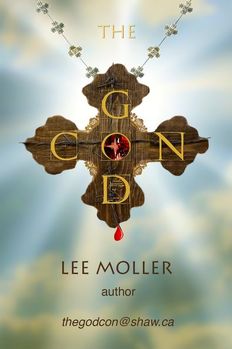|
The Earth has been in a nearly circular orbit around the sun for billions of years. Each year, our planet carves out an ellipse with the Sun nearly at the center. That circle defines a mathematical plane called the “plane of the ecliptic”.
The Earth also spins on its axis once a day. The Earth’s huge angular momentum keeps the axis of the Earth’s rotation pointing in the same direction – towards Polaris in the north -- exactly like an enormous gyroscope. (Actually, the axis itself wobbles over a period of 41,000 of years. In a few thousand years, Polaris will no longer be the “pole star”. ) This has been a banner year for exploration of our solar system, and it starts me thinking about our Earth and its unique characteristics. So WTF is 23.4? It is the angle that the Earth’s axis of rotation makes with the axis of the plane of the Earth’s orbit, called the “obliquity of the ecliptic”… 23.4 degrees. This number has had a huge impact on us, and we would not be here to talk about it if it were dramatically different from that value. Take a look at any decent globe of the Earth. They are all mounted on a stand that tips the Earth 23.4 degrees. The Arctic and Antarctic circles are the northern and southern-most latitudes where the sun disappears completely for at least one day. The Tropics of Cancer and Capricorn are the northern and southern-most latitudes at which the sun appears directly overhead (at noon of course) for at least one day of the year. The Tropics are 23.4 four degrees off the equator. And the Arctic and Antarctic circles are 23.4 degrees of the poles. What would happen if this number – 23.4 degrees – were much different? How would the Earth be different? What if it were zero, or 90 degrees? At zero degrees, the Earth’s weather would be much different. There would be no seasons. I suspect that the Earth would probably have bands of weather similar to those on Jupiter. The seasons have large consequences on evolution and it is certain those changes would affect us. Uranus is at 82 degrees, but is so far from the sun that it doesn’t make a lot of difference to its weather. Pluto is at 57 degrees. Jupiter’s is close to zero. Aside: We would generally expect the planets to have near zero obliquity unless an event knocked the planet off kilter. This is because most of the material that accreted into the planets would also have had momentum that must be conserved… and that momentum was generally circular about the sun in the plain of the ecliptic. In the case of the Earth, it was a huge impact with a Mars-sized object that tipped the planet axis of rotation, and created our moon. Because the moon is so large compared to the Earth, the Earth-Moon system is actually a double planet and the only one in the solar system. At ninety degrees, things on Earth would be much worse. For large parts of the year, the north and south poles would alternate between never ending sunshine and heat for half the year, and absolute darkness and cold for the other half (I assume no moon). At the equinoxes, and if you lived on the equator, you would see a sort of normal day, with a rising and setting sun. However, life on Earth would be very different from what we know. There is nothing special about the number 23.4 degrees (as I said, it actually changes over the years) but it does seem to strike a happy median between the two extremes of zero and ninety degrees. It dictates where and when the sun and stars will rise and set and their path through the evening sky. It has a profound effect on the history of human kind, both from an evolutionary perspective and from a historical one. The first priests were priests because they were to first to codify the drum-beat of the seasons. And civilization started with agriculture.
1 Comment
|
AuthorLee Moller is a life-long skeptic and atheist and the author of The God Con. Archives
January 2024
Categories
All
|

 RSS Feed
RSS Feed